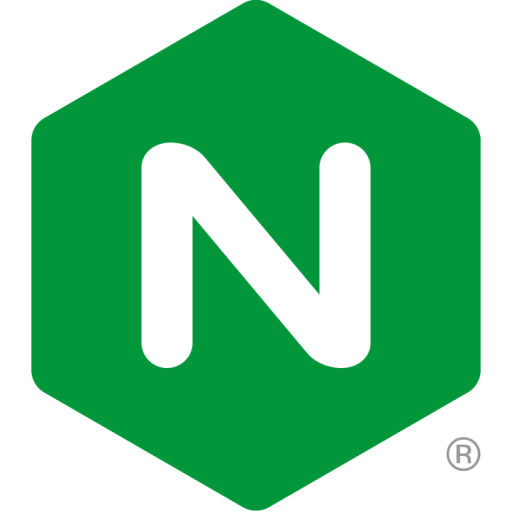All Posts
-
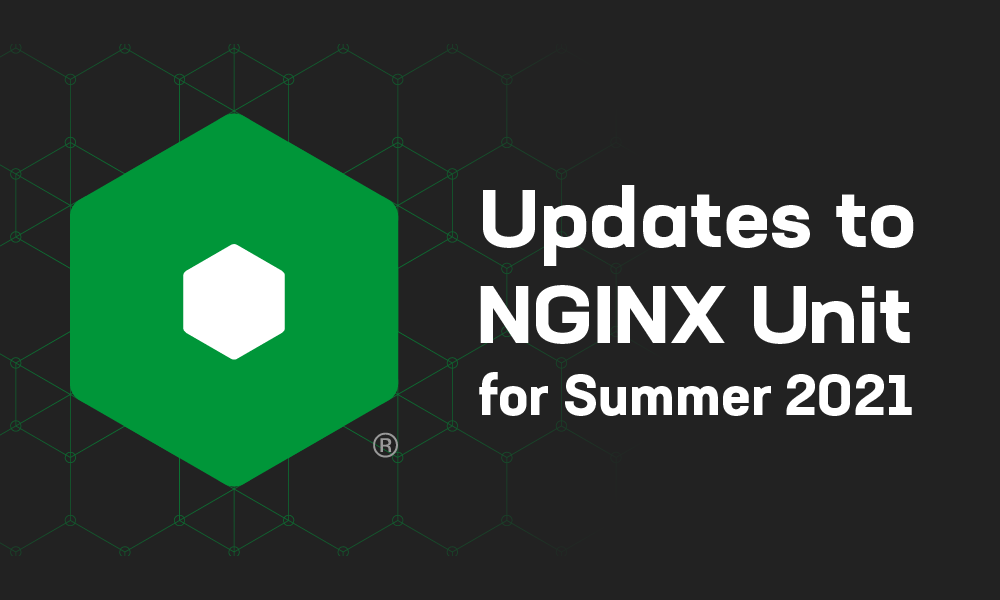
Updates to NGINX Unit for Summer 2021
NGINX Unit 1.23.0 and 1.24.0 introduce support for the SNI extension to TLS, definition of OpenSSL configuration commands, MIME filtering and path restrictions for static content, and multiple Python scripts in one app. Also, you no longer need to modify Node.js apps to run them in Unit.
-
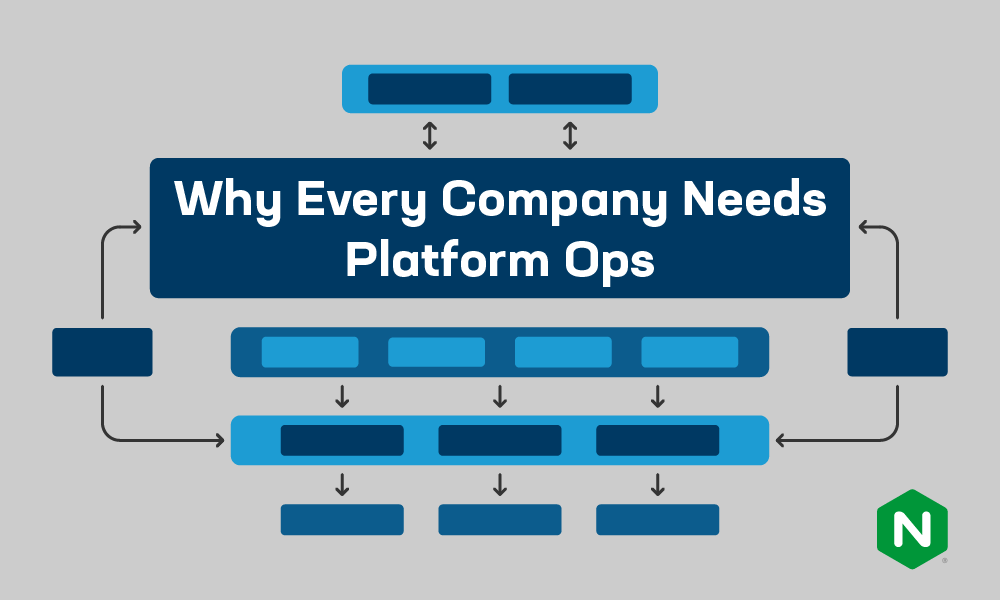
Why Every Company Needs Platform Ops
Not just another variant in the ever-growing set of “X-Ops” practices, Platform Ops is a way to balance developer freedom and corporate compliance for technology teams across the enterprise, helping you achieve digital transformation with the right blend of shifted left and buttoned down.
-
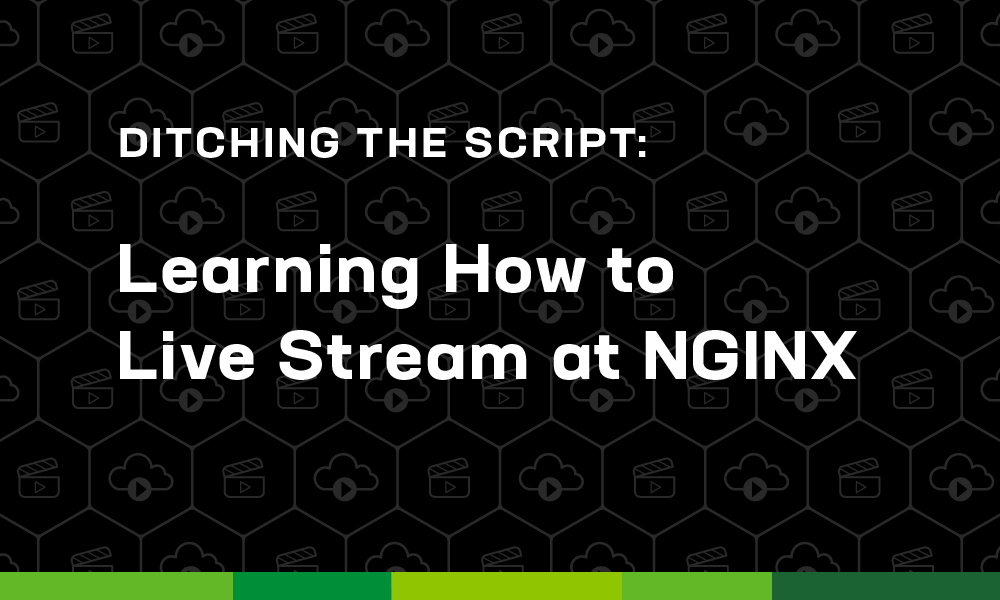
Ditching the Script: Learning How to Live Stream at NGINX
Research shows that many prefer live streaming to recorded video, blogs, and other media. Join NGINX Content Manager Marco Martinez for a backstage tour of how he creates live-streamed content at NGINX. We welcome your input on what you want to see on the NGINX live stream.
-
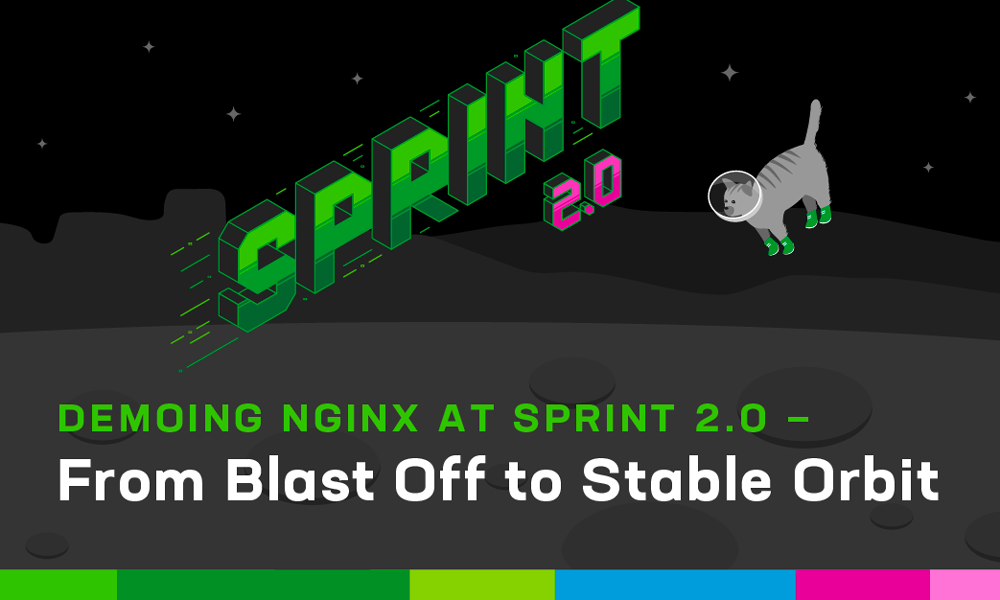
Demoing NGINX at Sprint 2.0 – From Blast Off to Stable Orbit
Preview the seven demos presented by the NGINX team on August 24 at NGINX Sprint 2021, our annual virtual event. We show how NGINX solutions accelerate just about every step in your app development journey, from deploying the first reverse proxy to launching a service mesh.
-

What Are Namespaces and cgroups, and How Do They Work?
Dive deep into two Linux features that underlie containers: namespaces and cgroups. They enable process isolation, ensuring that multiple processes running on a system don’t interfere with one another. Our NGINX Unit application server also uses them for application isolation.
-
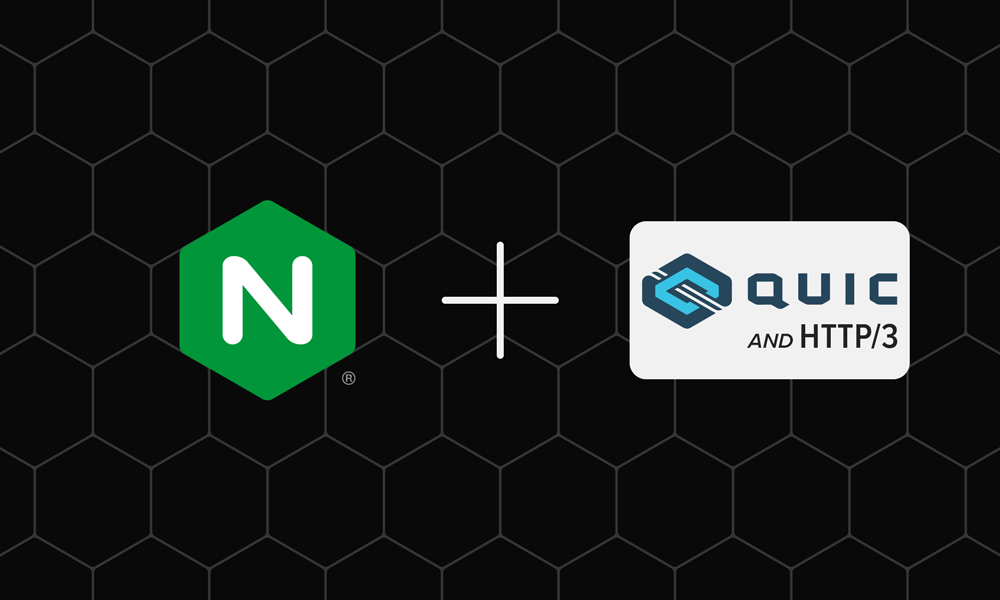
Our Roadmap for QUIC and HTTP/3 Support in NGINX
We describe the state of our QUIC+HTTP/3 implementation, starting with a review of the work we’ve done so far. Our roadmap includes merging the nginx-quic development branch into the NGINX mainline and implementing performance optimizations. You can help by testing the implementation.
-

Supporting Pride Month Through Action
This Pride Month, Scott De Buitléir reflects on life lessons he’s learned on his LGBTQ+ rugby team, and reviews some projects undertaken by NGINX and F5 over the past year to benefit our local and global communities.
-
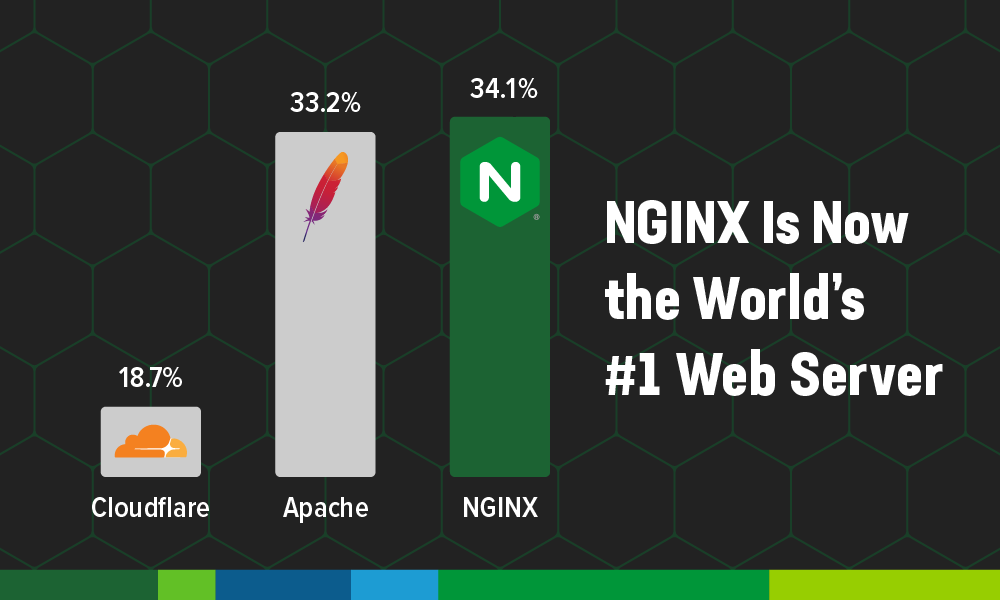
Now the World’s #1 Web Server, NGINX Looks Forward to an Even Brighter Future
NGINX recently became the most popular web server in the world, according to W3Techs. We’re profoundly grateful to the NGINX community, who’ve brought us to this milestone, and look forward to providing even more tools to help you optimize delivery of your modern and cloud-native apps.
-
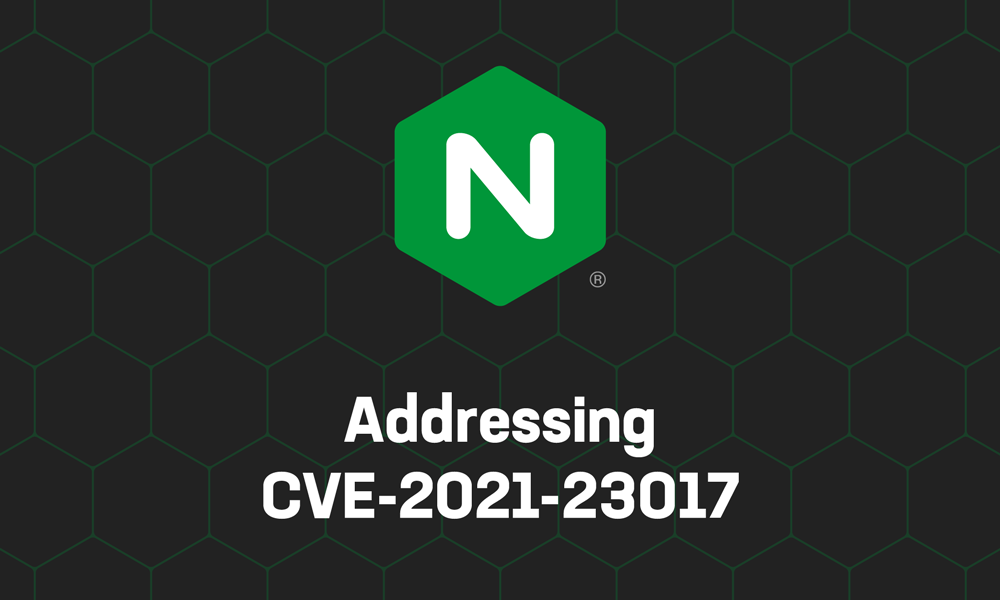
Updating NGINX for a DNS Resolver Vulnerability (CVE-2021-23017)
We have released updates to NGINX Open Source, NGINX Plus, and NGINX Ingress Controller to fix a vulnerability in DNS resolution (CVE-2021-23017). We consider the vulnerability to be low-severity, but encourage users to upgrade to the latest versions.
-

Shifting Security Tools Left for Safer Apps
Strategies for shifting security left usually ignore WAF and other traditional tools for enforcing run‑time security policies. A complete modern solution needs to include WAF, but one that fits into your CI/CD pipelines and helps smooth friction between Security and DevOps.
-
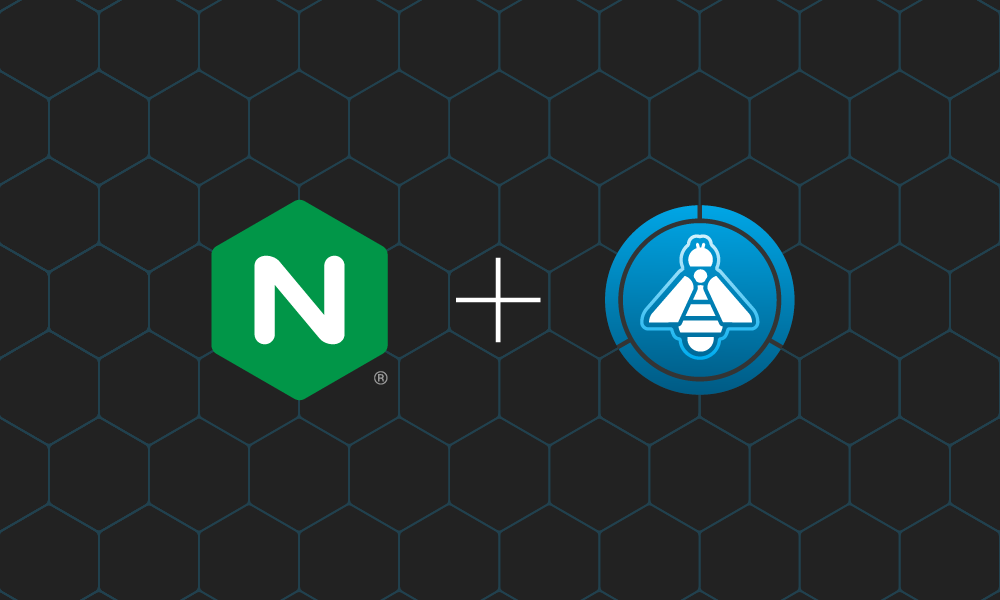
NGINX Announces Sponsorship of the OWASP ModSecurity CRS Project
NGINX, a part of F5, Inc., is pleased to announce that we have become the first Gold sponsor of the OWASP ModSecurity Core Rule Set (CRS) project. We look forward to working with the CRS team and helping ensure the CRS project’s long-term success.
-
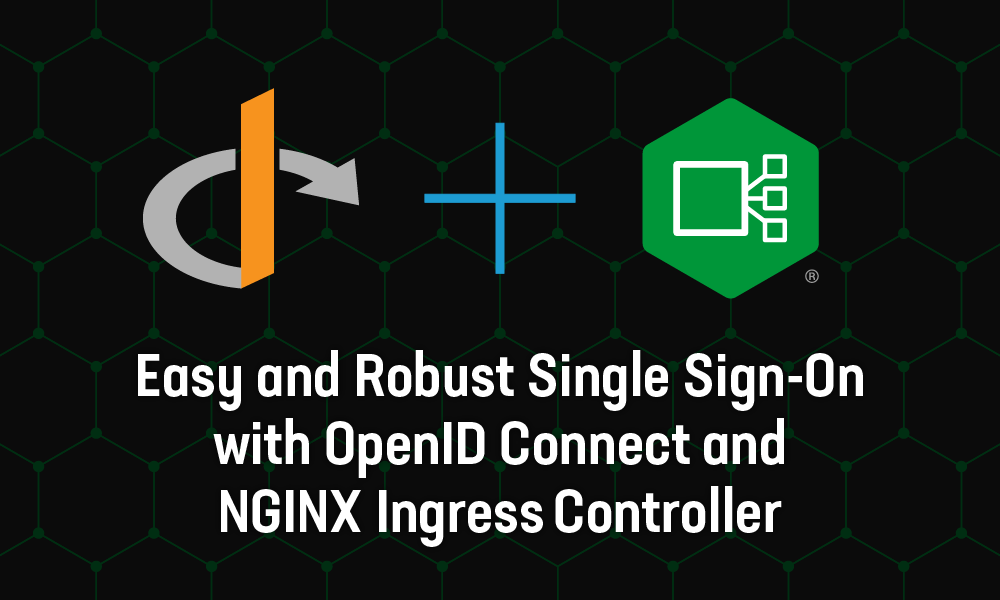
Easy and Robust Single Sign-On with OpenID Connect and NGINX Ingress Controller
NGINX Ingress Controller now supports single sign-on with OpenID Connect. Release 1.10.0 also introduces new configuration queue metrics, annotations on log entries, better validation of annotations and secrets, support for NGINX App Protect user-defined signatures, and more.
-

Managing Your Greatest Asset – People
Guest blogger Brian Gleason advises #NetOps managers on a couple ways to get the most from, and for, their greatest asset: their people. First, make sure they have time for focus on their own priorities. Second, learn enough about network technologies to communicate well.
-
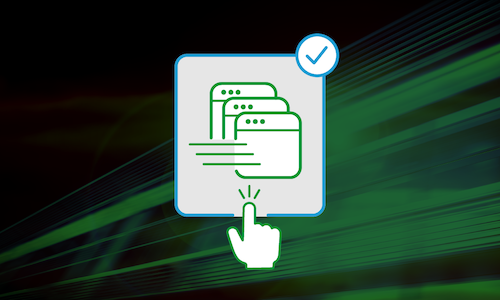
Self-Service Application Delivery Bridges the Divide Between Developer Productivity and Infrastructure Reliability
The modern market’s demand for speed has heightened the tension between DevOps and NetOps/SecOps teams. But you can have both developer productivity and infrastructure reliability — bridge the divide with self-service app delivery tools from NGINX.
-

Hello, New API
Guest blogger Jeremy Schulman explains for network engineers (or anyone!) how to get started with an API. He outlines the different types of documentation and their pros and cons, how to take advantage of client libraries, and the ins-and-outs of authentication.
-
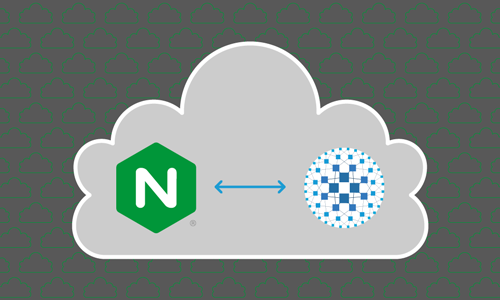
NGINX and HAProxy: Testing User Experience in the Cloud
We compare the reverse proxying performance of HAProxy and NGINX. Performance is similar until the request rate is large enough for HAProxy to hit 100% CPU utilization. At that point, its performance degrades significantly while NGINX continues to experience almost no latency.
-
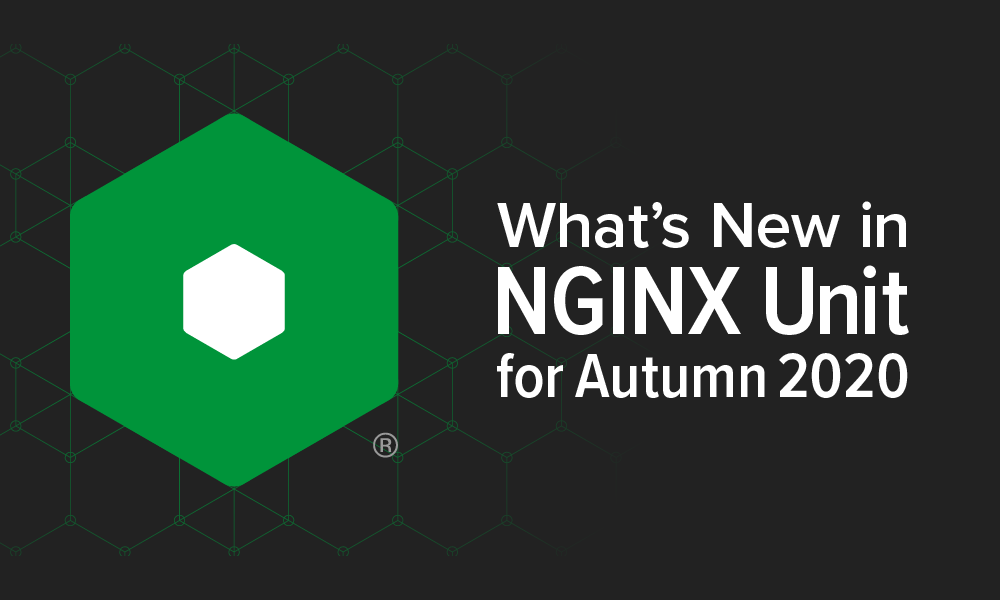
Updates to NGINX Unit for Autumn 2020
Since our last update, the NGINX Unit team has released three versions, 1.19.0 through 1.21.0. New features include support for ASGI with Python, multi-threading with several languages (Java, Perl, Python, Ruby), regular expressions in routing conditions, and more.
-
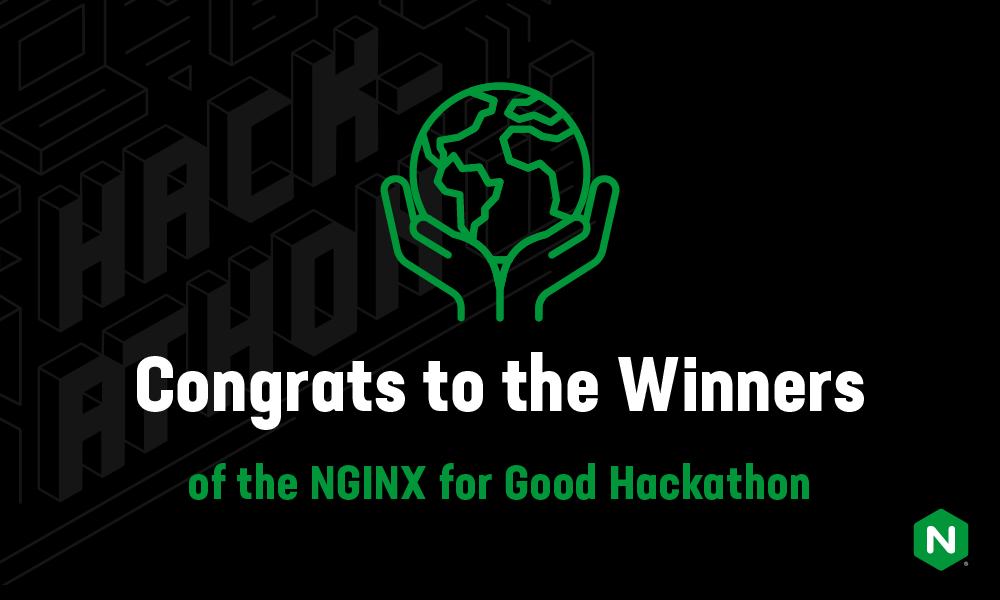
Congrats to the Winners of the NGINX for Good Hackathon
We present the four winners of the 2020 NGINX Hackathon for Good, who each created an app to help people affected by a social issue, using NGINX Open Source and NGINX Unit. The winning apps address unemployment, social justice volunteerism, and transparency around charitable giving.
